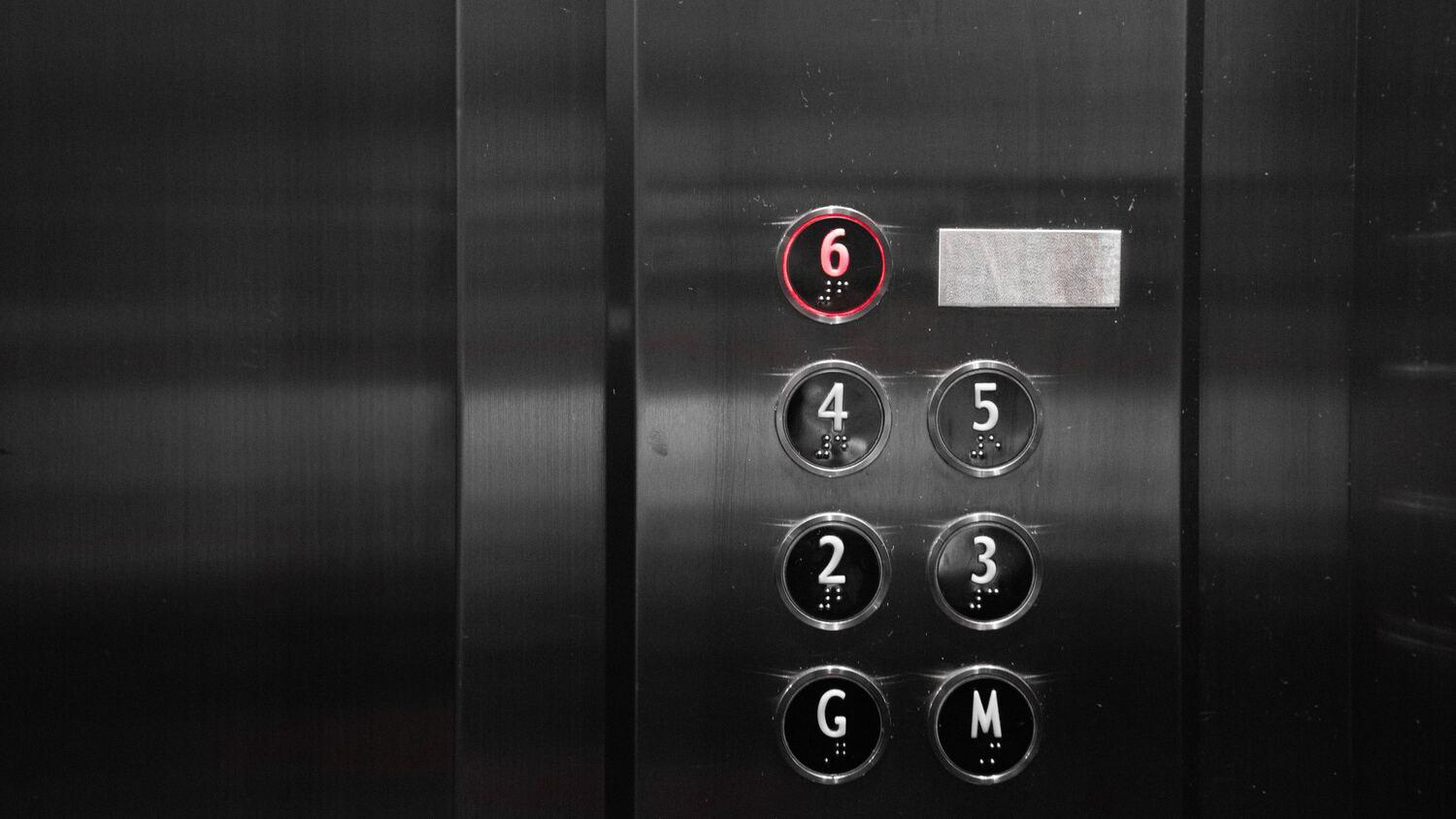- Home
- Articles
- Architectural Portfolio
- Architectral Presentation
- Inspirational Stories
- Architecture News
- Visualization
- BIM Industry
- Facade Design
- Parametric Design
- Career
- Landscape Architecture
- Construction
- Artificial Intelligence
- Sketching
- Design Softwares
- Diagrams
- Writing
- Architectural Tips
- Sustainability
- Courses
- Concept
- Technology
- History & Heritage
- Future of Architecture
- Guides & How-To
- Art & Culture
- Projects
- Interior Design
- Competitions
- Jobs
- Store
- Tools
- More
- Home
- Articles
- Architectural Portfolio
- Architectral Presentation
- Inspirational Stories
- Architecture News
- Visualization
- BIM Industry
- Facade Design
- Parametric Design
- Career
- Landscape Architecture
- Construction
- Artificial Intelligence
- Sketching
- Design Softwares
- Diagrams
- Writing
- Architectural Tips
- Sustainability
- Courses
- Concept
- Technology
- History & Heritage
- Future of Architecture
- Guides & How-To
- Art & Culture
- Projects
- Interior Design
- Competitions
- Jobs
- Store
- Tools
- More
Why Modern Architects Incorporate Residential Elevators in Their Designs

In the ever-evolving world of modern architecture, innovation is the key to creating homes that not only meet the functional needs of the residents but also push the boundaries of design.
One such innovation that has gained prominence in recent years is the incorporation of residential elevators into architectural designs. While elevators have long been associated with commercial buildings and high-rise apartments, their integration into residential spaces is a testament to the changing needs and desires of homeowners.
In this article, we will be exploring the reasons why modern architects are increasingly incorporating residential elevators into their designs.
Table of Contents
ToggleElevators Incorporated in Residential Designs
Accessibility and Aging in Place
One of the primary reasons for the inclusion of residential elevators in modern architectural designs is the growing focus on accessibility. As the global population ages, more and more homeowners are seeking ways to ensure that their homes are adaptable to their changing needs.
Residential elevators offer a practical solution, allowing homeowners to navigate multiple floors with ease, even if they have mobility challenges. This makes it possible for individuals to age in place, maintaining their independence and staying in the homes they love.
Multigenerational Living
The concept of multigenerational living has gained popularity in recent years, with families choosing to live together under one roof. In such arrangements, having a residential elevator can make a significant difference.
It ensures that family members of all ages can move between floors comfortably and safely, eliminating the need for staircases that can be challenging for older relatives or those with physical disabilities.

Maximizing Space
In urban environments where real estate comes at a premium, architects are constantly searching for ways to maximize space. Residential elevators offer a space-saving solution, as they require less square footage compared to traditional staircases.
This space efficiency enables architects to design homes that make the most of every available inch without sacrificing accessibility or aesthetics.
Aesthetic Integration
Modern architects understand that a residential elevator is not merely a functional addition but also an element of design that can enhance the overall aesthetics of a home.
By keeping this in mind, elevator designs have evolved to encompass various materials, finishes, and styles, allowing architects to seamlessly integrate them into the overall design concept. Whether it’s a sleek glass elevator that appears almost transparent or a classic wooden design that complements a traditional interior, elevators are now an integral part of the visual appeal of a home.
Future-Proofing
Residential elevators are not just a trend; they are a strategic investment in the future. Homeowners recognize the long-term value of having an elevator in their residence, as it ensures that their homes remain functional and accessible for years to come.
This forward-thinking approach aligns with the sustainability principles of modern architecture, which emphasize longevity and adaptability.
Convenience and Time-Saving
In our fast-paced world, convenience is a highly valued commodity. Residential elevators provide an efficient means of moving between floors, saving valuable time in daily routines.
Whether it’s carrying groceries, doing laundry, or simply getting from the bedroom to the living room, elevators offer a level of convenience that staircases cannot match.
Increased Property Value
For homeowners who view their properties as investments, the inclusion of a residential elevator can significantly increase the resale value of their homes.
Prospective buyers, especially those in the luxury real estate market, often view elevators as a desirable feature. This means that architects who incorporate elevators into their designs are not only meeting the current needs of their clients but also enhancing the potential return on investment. There are a number of elements that can increase the value of your property and a home elevator is definitely one of them.
Sustainability
Sustainability is a driving force in modern architecture, and elevators are no exception to this trend, with energy-efficient models becoming increasingly prevalent.
Architects can select elevators with green technologies, such as regenerative drives and LED lighting, to reduce energy consumption. Additionally, the space-saving aspect of elevators contributes to the efficient use of resources, aligning with sustainability goals.
Enhanced Security and Privacy
Elevators can also enhance security and privacy within a home. Unlike staircases, elevators can be equipped with access control systems, limiting who can use them.
This feature is particularly valuable in homes with multiple occupants or those used for short-term rentals. Elevators provide an added layer of security, ensuring that only authorized individuals are able to access certain areas of the home.
Iconic Architectural Statements
In some cases, architects incorporate residential elevators not out of necessity but as a way to make a bold architectural statement.
These elevators become focal points of the design, offering homeowners and visitors a unique and memorable experience. Architects can unleash their creativity, designing elevators that are functional works of art, adding a touch of extravagance and exclusivity to the space.
Conclusion
The integration of residential elevators into modern architectural designs represents a paradigm shift in how we conceptualize homes. Beyond their functional benefits, elevators offer accessibility, convenience, and sustainability while enhancing the aesthetics of a space.
As many architects continue to push the boundaries of design, residential elevators are likely to remain a prominent feature in homes of the future. By addressing the changing needs and desires of homeowners, architects are elevating the way we live and experience our living spaces.
illustrarch is your daily dose of architecture. Leading community designed for all lovers of illustration and #drawing.
Submit your architectural projects
Follow these steps for submission your project. Submission FormLatest Posts
The Ultimate Guide to Fencing in North Dakota: Choosing the Best Fence for Your Property
Watching a chain link fence twist in 70 mph winds near Minot...
Gaudí: Where Architecture Meets Science
Gaudí: Where Architecture Meets Science shows catenary arches, ruled surfaces, and biomimicry...
How Housing Market Forces Shape Architectural Design Today
Architecture never exists in isolation. Buildings rise from a mix of ambition,...
Why Portable Formaldehyde Gas Detectors Matter on Construction Sites
As construction practices shift toward more enclosed and material-intensive environments, the risk...












Leave a comment